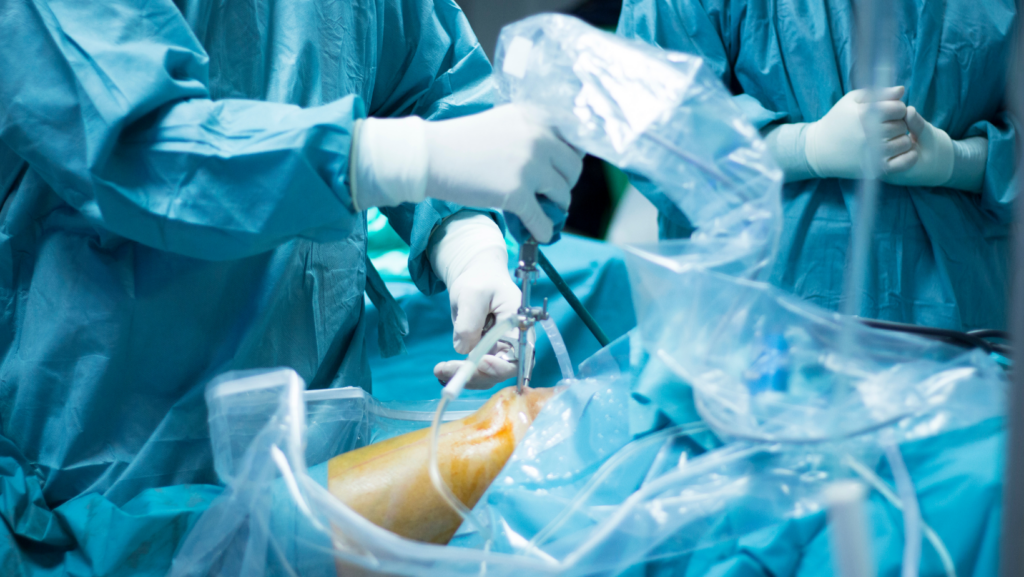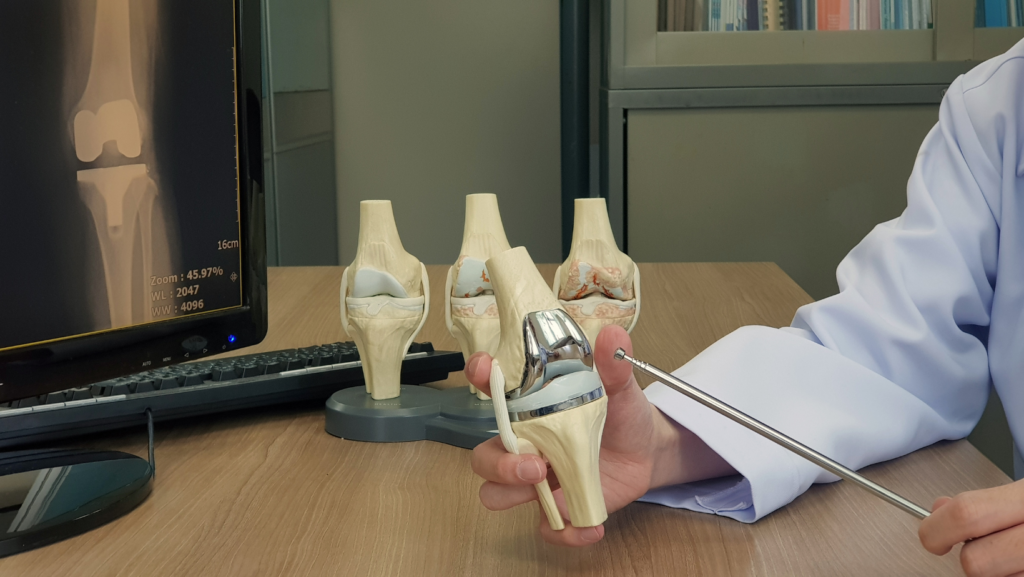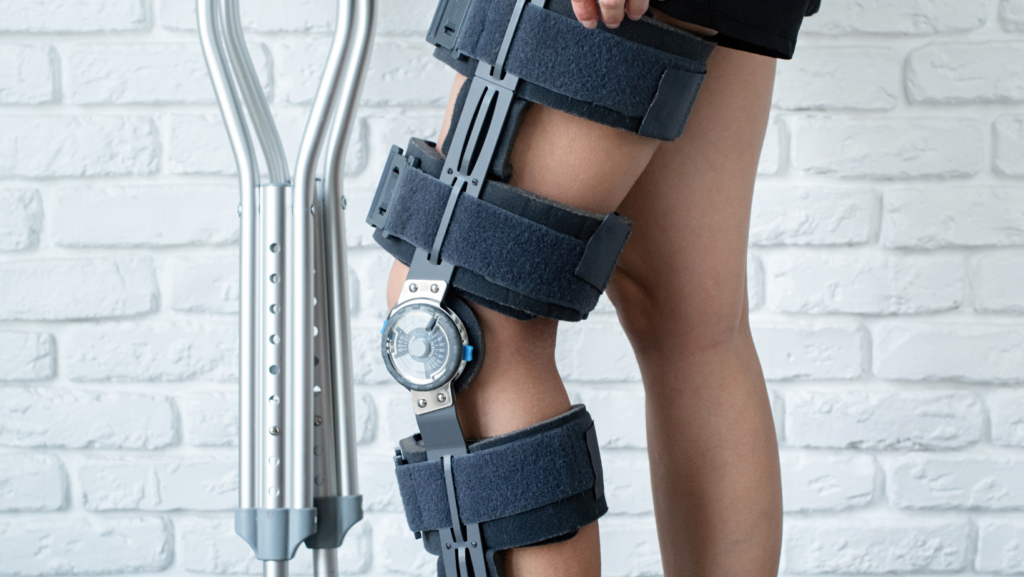
This article dives into new knee replacement technology that is revolutionizing the way surgeons approach this common procedure. From 3D printed implants to robotic-assisted surgeries, it’s an exciting time in the world of orthopedics.
Stay tuned as we explore these breakthroughs and how they’re improving the lives of millions suffering from knee pain and mobility issues.
New Knee Replacement Technology
Types of Advanced Materials Used

- 3D-Printed Implants: These implants, made through advanced 3D printing technology, offer a high level of customization. Surgeons craft them to match precisely an individual patient’s anatomy, leading to implants that fit better and offer improved functionality, if the patient meets certain medical criteria.
- Ceramic Materials: Ceramic remains a primary choice for biocompatibility, longevity, and strength. Surgeons often use ceramic components in knee replacements because they’re resistant to wear and tear, assuming the patient possesses no allergies or sensitivities to these materials.
- Polyethylene Materials: A specially formulated type of plastic, medical-grade polyethylene materials often feature in knee implant components due to their characteristics of a low coefficient of friction, corrosion resistance, and compactness.
Robotic-Assisted Surgery Advancements
- Accuracy: With robotic assistance, surgeons make more accurate bone cuts. That precision contributes to better alignment, assuming the surgical team follows protocol meticulously.
- Customization: Robotic systems provide patient-specific knee replacement procedures, adjusting the surgical plan for each person’s unique anatomy.
- Minimally Invasive: Often, robotic-assisted surgeries require smaller incisions, reducing scarring and potential complications. That results in a quicker recovery time, assuming no complications arise during post-operative care.
Innovations in Surgical Techniques
In the evolving landscape of new knee replacement technology, innovations in surgical techniques stand out for their transformative impacts.
Minimally Invasive Procedures & Robot-Assisted Surgery

Minimally invasive procedures represent a key advancement. The technique involves smaller incisions, typically three to five inches instead of the customary eight to twelve inches in conventional surgery. Here are the primary benefits:
- Limited muscle damage.
- Faster recovery process.
- Shorter hospital stay.
Robot-assisted operations offer ground-breaking solutions, providing precision that symbiotically works with minimally invasive techniques. Examples of systems in this category include Mako and NAVIO.
Robotic systems facilitate:
- Enhanced surgical precision.
- Customized planning.
- Real-time adjustments.
This technology doesn’t replace surgeons. Rather, it expands their capabilities, enabling them to perform intricate procedures with greater precision.
Patient Outcomes with New Technology
The spotlights of new knee replacement technology not only shine on precision and durability advancements but also illuminate the real-world impact on patient outcomes.
Recovery Times
In the wake of the surgery, efficient recovery represents a primary concern for patients. With the advent of minimally invasive techniques and robot-assisted surgeries like Mako and NAVIO, patients experience significantly improved post-surgical recovery times. Smaller incisions implicate less muscle damage, thereby minimizing pain and allowing for a swifter return to regular activity. Real-world evidence corroborates this, alluding to a drop in the average recovery time from 12 weeks to just 6 weeks in cases utilizing these high-tech methodologies.
Long-Term Success Rates

Accelerated recovery, though valuable, it’s just the beginning. The ultimate aim of these technological innovations is to augment the lifespan of knee implants and the long-term success rate of surgeries. Innovations such as 3D printed implants, ceramic, and polyethylene materials contribute to this goal, diligently enhancing both the product lifespan and functionality.
Surpassing traditional materials, these reinforcements have shown a marked increase in the success rates of surgeries, climbing to approximately 95% successful replacements in a ten-year follow-up. This clearly underscores the transformative strength of new knee replacement technology in patient outcomes.
The World of Orthopedics
New knee replacement technology transformative potential is undeniable. With advancements like 3D printed implants, ceramic and polyethylene materials, and robotic-assisted surgeries, it’s changing the landscape of knee surgeries. The benefits extend beyond precision and durability to encompass patient-centric aspects such as faster recovery times and shorter hospital stays. The real triumph lies in the improved lifespan of knee implants and the impressive success rates – approximately 95% in a ten-year follow-up. These innovations aren’t just revolutionizing knee replacement surgeries; they’re reshaping patient outcomes, setting a new standard in healthcare. The future of knee replacement looks promising, with technology leading the charge.


